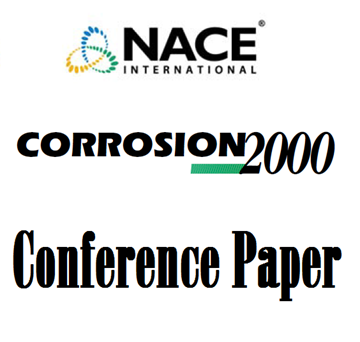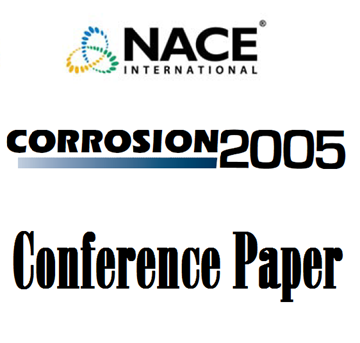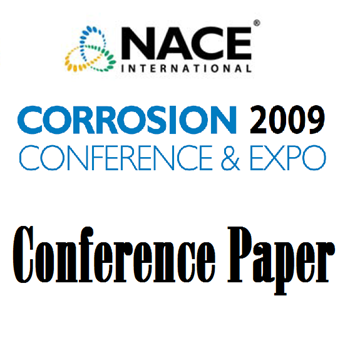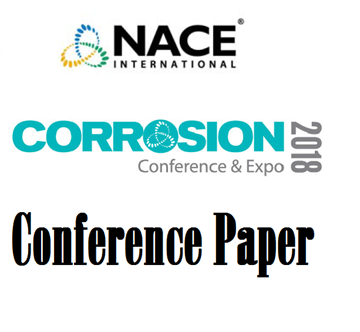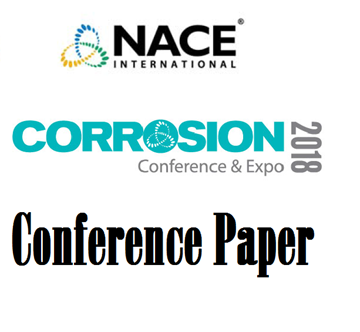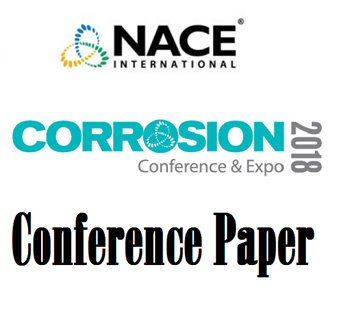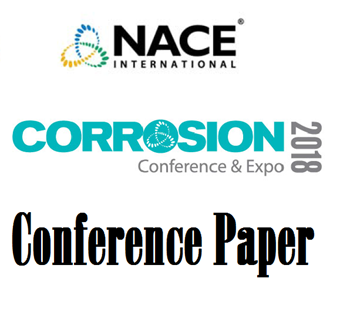Search
Products tagged with 'carbon dioxide'
View as
Sort by
Display
per page
00047 CO2-CORROSION AND WATER DISTRIBUTION TWO PHASE PIPE FLOW OF HYDROCARBON LIQUID AND WATER
Product Number:
51300-00047-SG
ISBN:
00047 2000 CP
Publication Date:
2003
$20.00
02273 THE ROLE OF ACETATE IN CO2 CORROSION OF CARBON STEEL: HAS THE CHEMISTRY BEEN FORGOTTEN?
Product Number:
51300-02273-SG
ISBN:
02273 2002 CP
Publication Date:
2003
$20.00
05551 CO2 Corrosion Prediction Model - Basic Principles
Product Number:
51300-05551-SG
ISBN:
05551 2005 CP
Publication Date:
2005
$20.00
09022 How Not to Perform a Failure Analysis
Product Number:
51300-09022-SG
ISBN:
09022 2009 CP
Publication Date:
2009
$20.00
51318-10965-Evaluation of Corrosion Inhibitor Functionality on the Mitigation of Preferential Weld Corrosion
Product Number:
51318-10965-SG
Publication Date:
2018
$20.00
51318-11022-Case Study: Solving the Puzzle of 10inch Duplex Stainless Steel Flowline Weld Failure
Product Number:
51318-11022-SG
Publication Date:
2018
$20.00
51318-11199-The Effect of Impurities and Pressure on Oxidation in CO2 at 700°-800°C
Product Number:
51318-11199-SG
Publication Date:
2018
$20.00
51318-11232- Mechanism of CO2 Corrosion of Mild Steel: a New Narrative
Product Number:
51318-11232-SG
Publication Date:
2018
$20.00
96009 FRACTURE MECHANICAL PROPERTIES OF C02 CORROSION PRODUCT SCALES AND THEIR RELATION TO LOCALIZED CORROSION
Product Number:
51300-96009-SG
ISBN:
96009 1996 CP
Publication Date:
1996
$20.00
Advancement of a Comprehensive Mechanistic CO2 Corrosion Model to Incorporate Simulated Hydrodynamics via a Turbulent Flow Model
Product Number:
51324-20657-SG
Publication Date:
2024
$40.00
An Evaluation of Well Completion Materials for Impure Carbon Dioxide Supercritical Streams in Hydrocarbon Production and Geological Carbon Sequestration
Product Number:
MECC23-20034-SG
Publication Date:
2023
$20.00
Assessing Comprehensive Mechanistic CO2 Corrosion Modeling Methods and Their Impact on Predicted Corrosion Behavior
Product Number:
51324-20656-SG
Publication Date:
2024
$40.00

